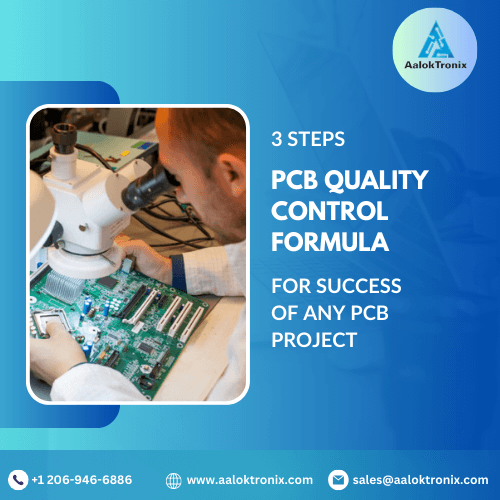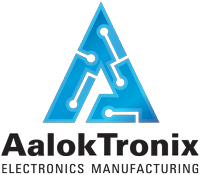Inadequate inspection, a critical concern in PCB manufacturing, refers to the insufficient or negligent assessment of PCB assemblies, leading to potential defects, undetected anomalies, or compromised product quality.
Understanding the implications of inadequate inspection and implementing robust quality control measures is crucial for maintaining the integrity and functionality of printed circuit boards.
In this comprehensive exploration, we will investigate the risks associated with inadequate inspection, analyze its potential impacts on PCBs, and provide practical strategies and best practices for enhancing PCB quality control and ensuring high manufacturing standards.

Risks of Inadequate Inspection:
Inadequate inspection can lead to various risks, including the proliferation of manufacturing defects, the undetected presence of soldering anomalies, or the occurrence of electrical failures during the operation of the PCB assembly.
Insufficient inspection protocols, human error, or the lack of advanced inspection technologies can contribute to the oversight of critical defects, leading to increased rework costs, delayed production timelines, or potential product recalls, jeopardizing the overall reliability and market viability of the PCBs.
Implications of Inadequate Inspection on PCBs:
The implications of inadequate inspection can significantly impact the performance and longevity of PCBs, particularly in terms of product reliability and customer satisfaction.
Inadequate inspection can lead to the distribution of defective products, compromised solder joint integrity, or undetected electrical shorts, jeopardizing the functionality and operational efficiency of the electronic devices.
Furthermore, the lack of comprehensive inspection can contribute to the proliferation of latent defects, leading to increased field failures, customer complaints, and potential brand reputation damage for the manufacturer.
Implementing Robust Inspection Protocols:
To mitigate the risks of inadequate inspection and ensure robust quality control in PCB manufacturing, implementing comprehensive inspection protocols and advanced quality assurance measures is paramount throughout the production process.
Incorporating automated optical inspection (AOI) systems, X-ray inspection technologies, or functional testing procedures can aid in the accurate detection and assessment of soldering anomalies, component defects, or electrical inconsistencies, ensuring the identification and rectification of potential manufacturing defects at the earliest stages.
Establishing rigorous quality control standards, such as adherence to IPC-A-610 guidelines, implementing standardized inspection checklists, and conducting regular inspection audits, can aid in promoting a systematic and meticulous approach to PCB inspection, minimizing the risk of oversight and ensuring consistent manufacturing excellence.
Implementing comprehensive training programs for inspection personnel, emphasizing the importance of attention to detail and adherence to standardized inspection procedures, can further enhance the awareness and skill set required for conducting thorough and effective PCB inspections.
Conducting comprehensive reliability testing and performance evaluations to assess the long-term functionality and durability of the PCB assemblies can further enhance the detection and prevention of potential defects, ensuring the production of high-quality, reliable PCBs that meet stringent industry standards and customer expectations.
Conclusion:
In conclusion, recognizing the importance of comprehensive PCB inspection and implementing robust quality control measures is pivotal for ensuring the reliability and performance of electronic devices and systems. By addressing the risks of inadequate inspection, implementing advanced inspection technologies, and establishing rigorous quality control protocols, manufacturers can significantly enhance the manufacturing standards and product quality of their PCB assemblies, contributing to the development of robust, high-functioning electronic applications and technologies.
